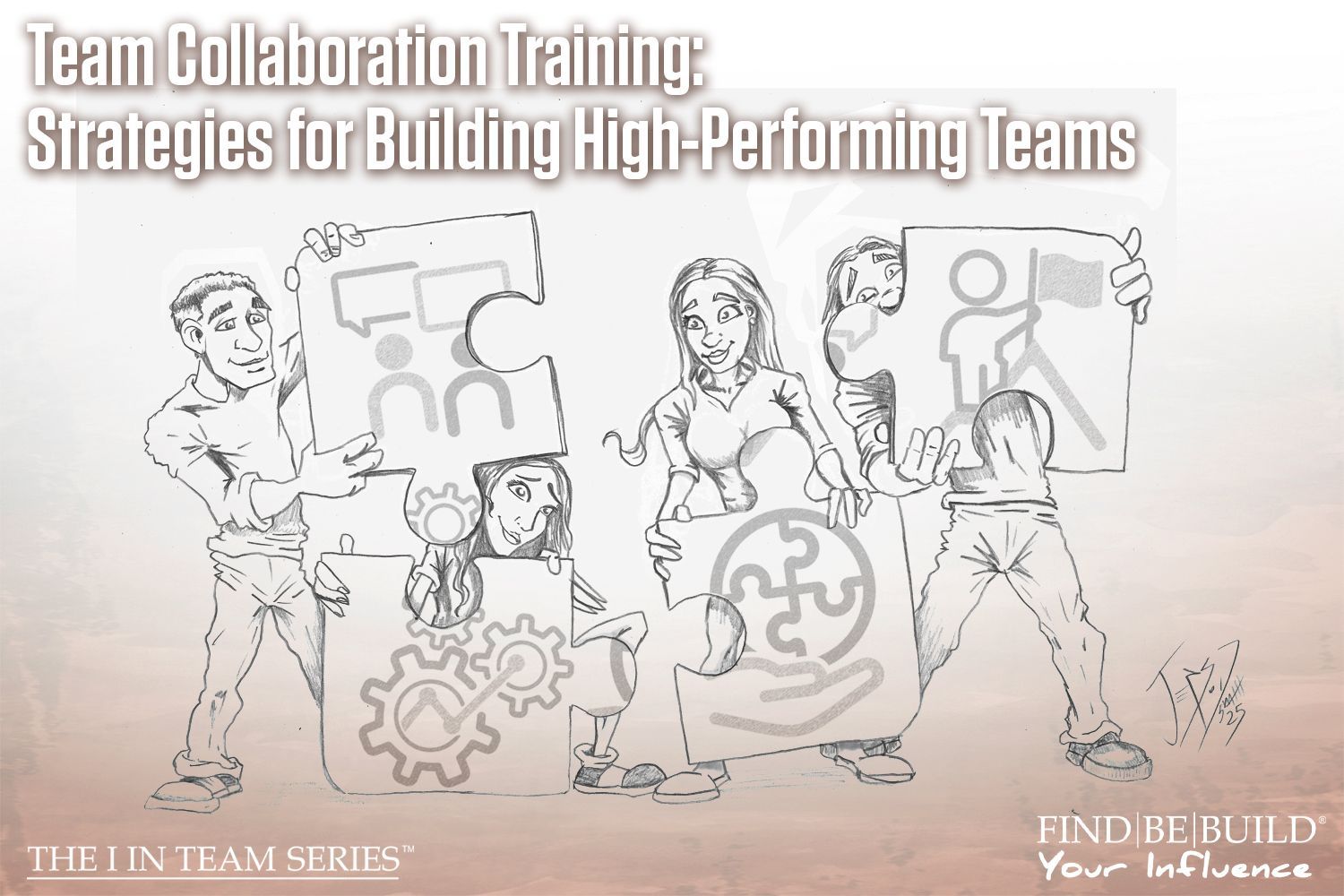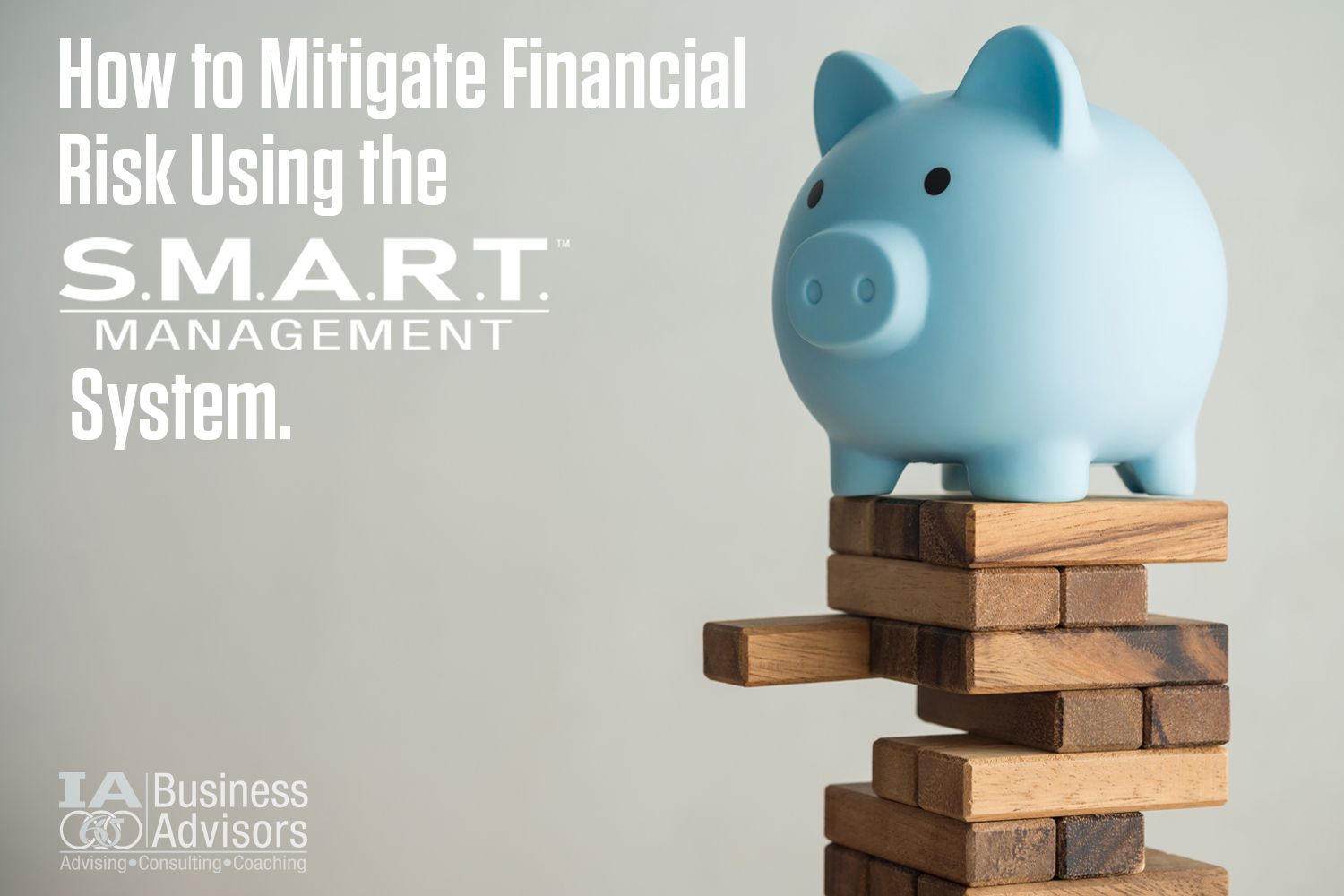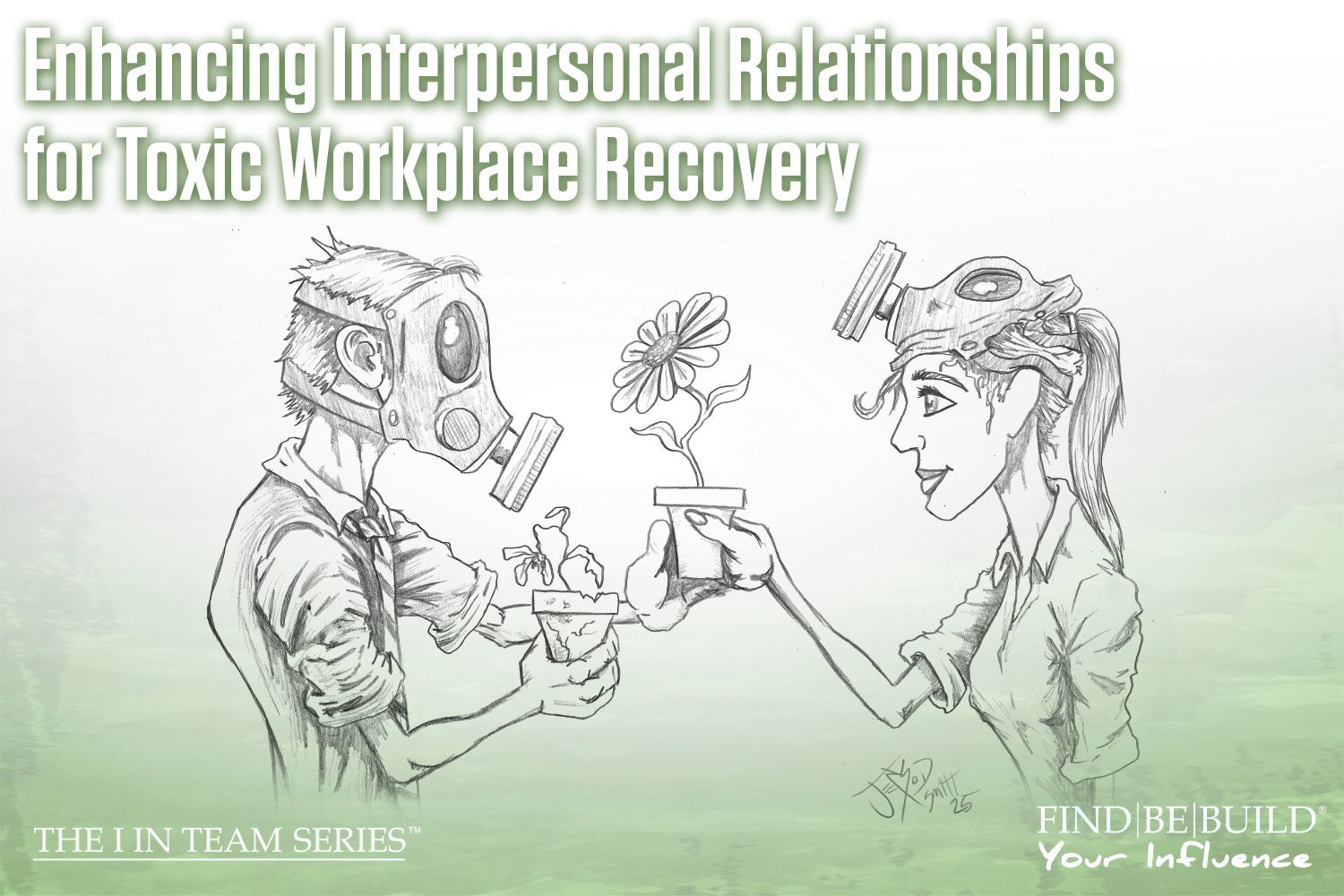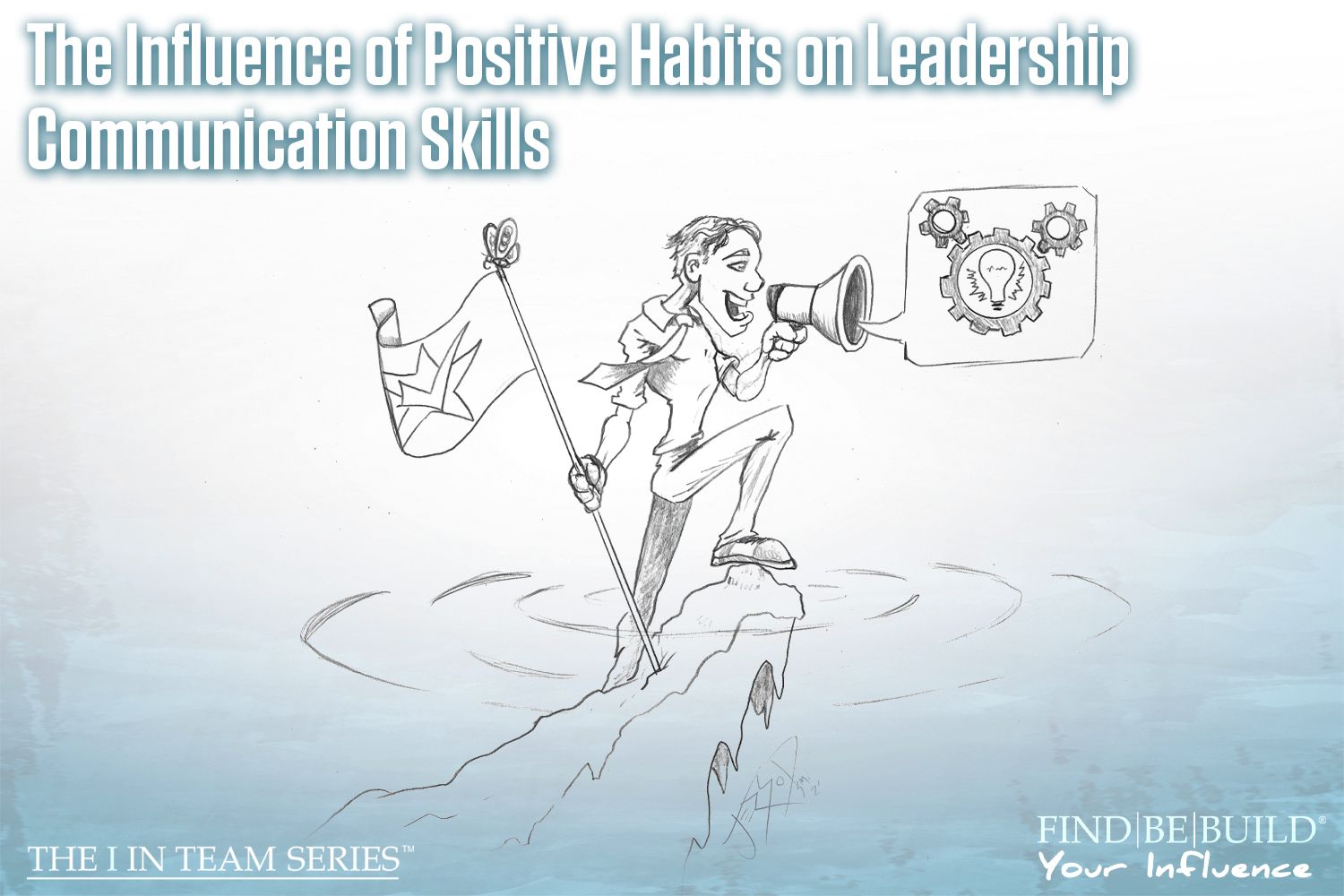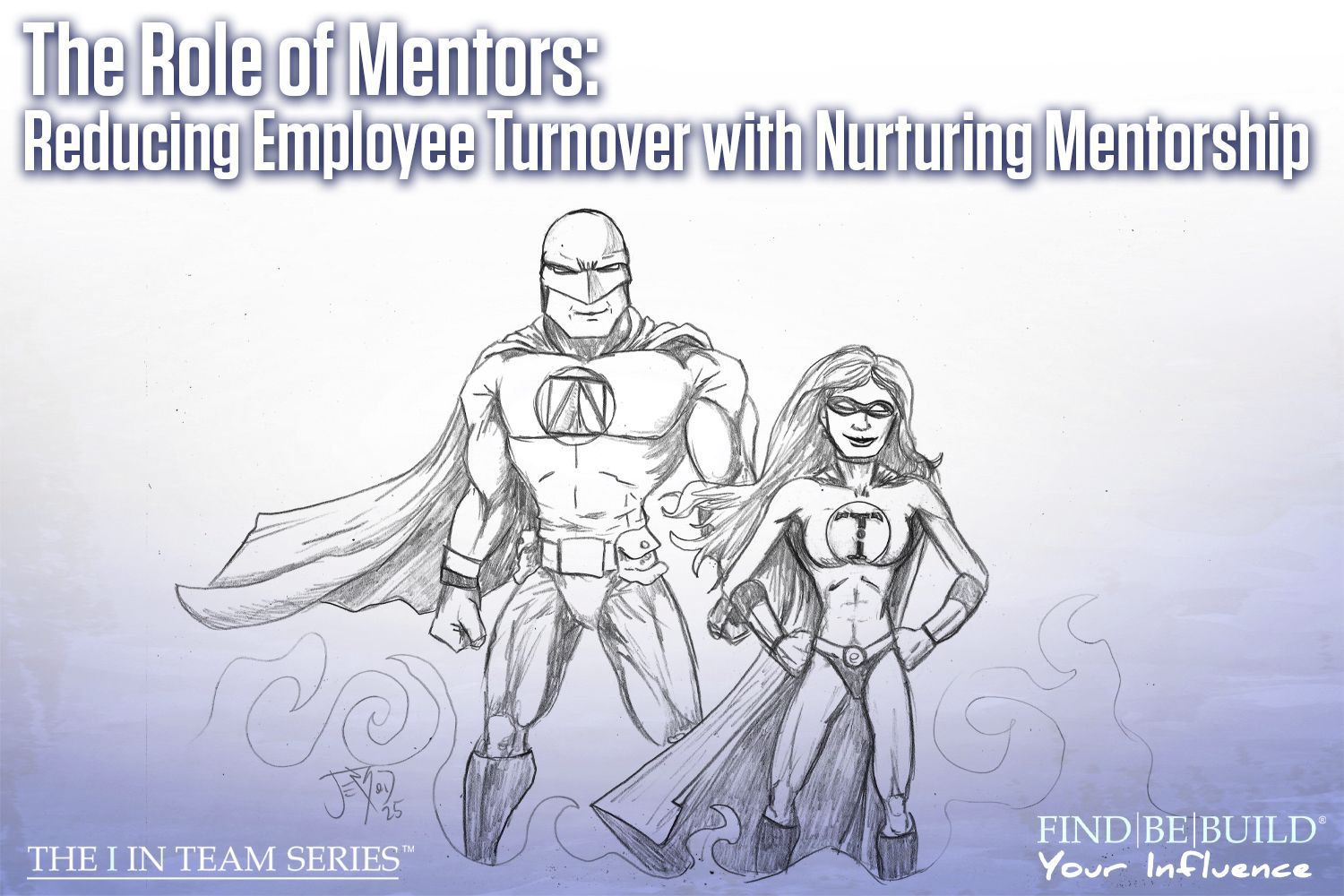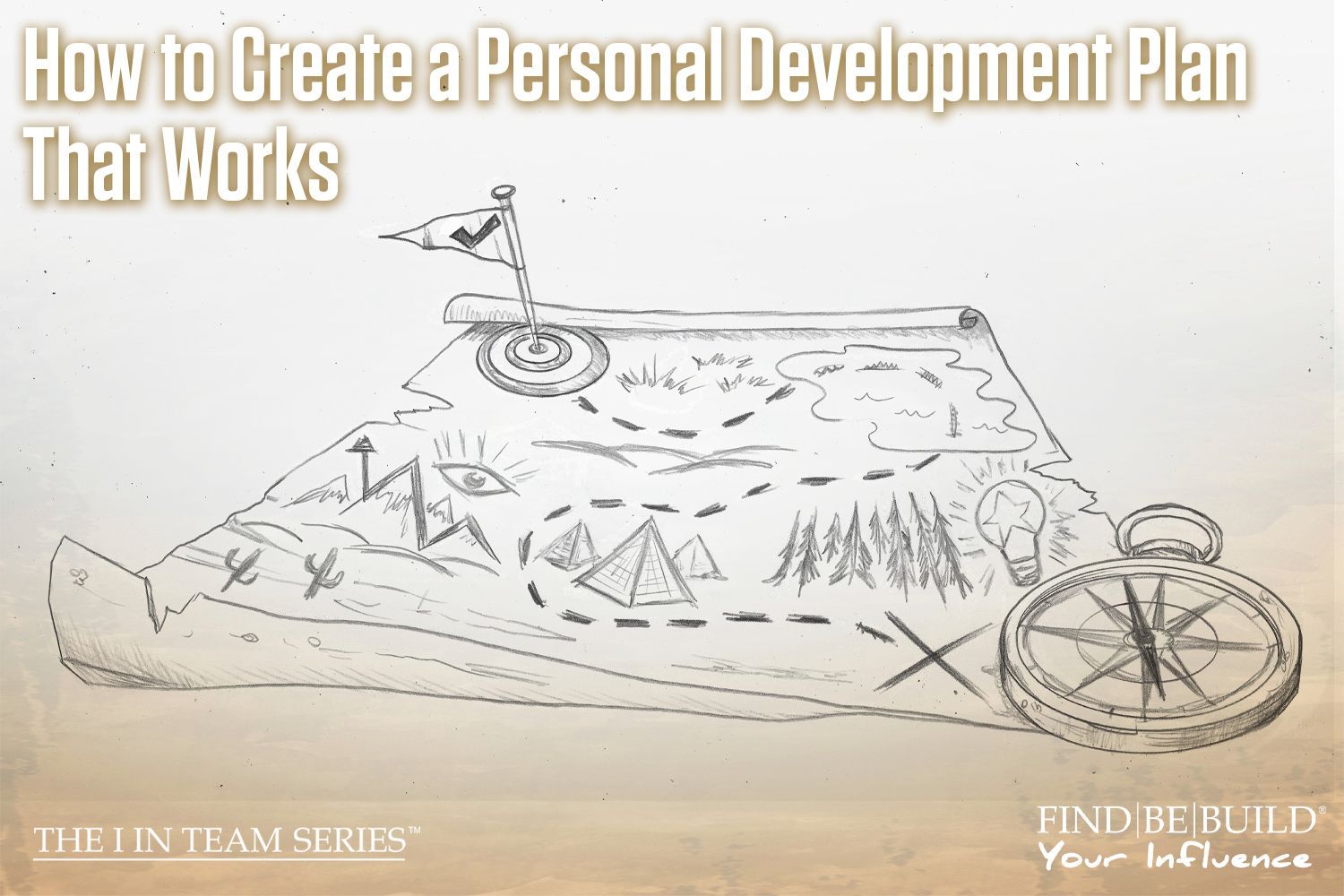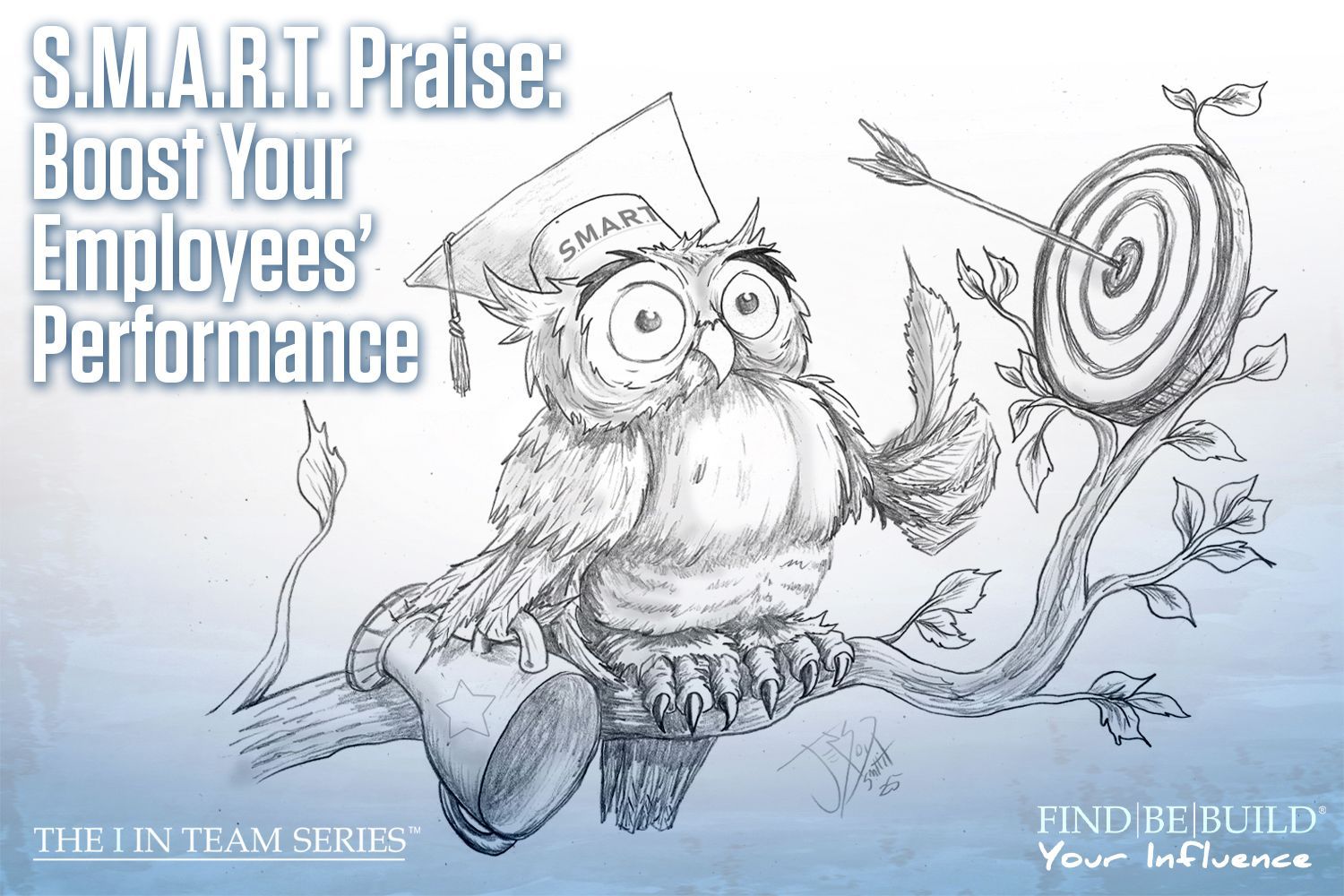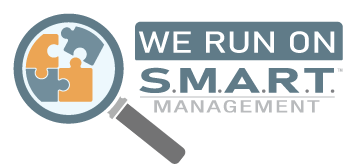Fears Are Paper Tigers

Overcoming business fears
“The most difficult thing is the decision to act, the rest is merely tenacity. The fears are paper tigers. You can do anything you decide to do. You can act to change and control your life; and the procedure, the process is its own reward.” - Amelia Earhart
With the new year right around the corner, we want to inspire and influence our readers to set one goal for 2019. We don’t want you to just set any goal; we want you to set a goal that you have been afraid of committing to. “Live in the present; the most important moment in your life is the present moment. It is in the present that all things are learned, lost, and forgotten.” To quote our book, the present moment is your most important moment. Now is the time to act.
Before you start the journey to find what goal will be best for you to pursue in the new year, we want you to reflect on the quote above. Each sentence is an inspiration. Understand that choosing to pursue your goal will be the hardest part, because you are your own worst enemy. You must find the willpower to commit to this special goal. Your fears cannot hurt you, they cannot hinder you, they are all inside your mind. You, and only you, can take control of your life and decide your fate. Your present moment is the time to do this.
Slow Down
In order to wisely choose your one and only 2019 goal, you need to slow down and reflect on yourself. You must reflect on your past, your wishes, your dreams, and your smaller (perhaps internal) goals. Reflect on the year you have had. Ask yourself, “What goals did I set for this year? Did I accomplish those goals? Why or why not?”
If you have found that you give up easily on your new year’s goals, then it’s probably because you aren’t serious about them or they aren’t the right goal for you at that time. To find your perfect goal, one that you can obtain, you must slow down and reflect on who you are as an individual. And remember the quote above! Do not let fear hinder you from pursuing a goal that may seem out of reach. You can always find a way to reach your goal as long as you set a specific goal, set measurable standards, set an attainable goal (for instance, you can’t become a genie), set a realistic goal, and make it a timely goal. This is the S.M.A.R.T. process (which we detail in our first book!).
Setting Your Goal
When you have decided that setting one, singular goal for your 2019 year is best for you, you may be wondering how you can go about solidifying that goal. Once you have taken some time to slow down and reflect on who you are and the year you have had in 2018, you will be ready to ask yourself a series of questions that can help you to determine your best goal for 2019. Don’t feel obligated to answer all of these questions. Find the ones that will help you the most and write down the answers to them, so you can continue to reflect on them later.
Ø What happened in 2018 that I would consider had a positive influence on me?
Ø What happened in 2018 that I would consider had a negative influence on me?
Ø Do I feel like I am contributing something to life? If no, what would make me feel like I am contributing?
Ø What inspires me to wake up every morning?
Ø Would I consider anything to be missing from my life? (Free time, friends, family, internal improvement, money, pets, health, knowledge, hobbies, outdoors, objects, etc.)
Ø If something is missing from my life, how would my life benefit from obtaining what is missing? Should I center my goal around this? What steps do I need to follow to get that missing thing?
Ø Is my goal specific, measurable, attainable, realistic, and timely (S.M.A.R.T.)?
Ø Can I dedicate myself and have the willpower to complete this goal?
These questions may raise more questions for you, and we encourage you to follow those questions until you come to the root of each answer. This will help you pursue your perfect 2019 goal. Do not fear the new year and do not set yourself up for failure. Slow down, reflect on yourself, and find one goal that you know you can complete this year. You will be so proud of yourself for completing a new year’s goal.
It’s not always easy, but the fears are paper tigers. You can do anything you set your mind to. Cheers to the new year!
